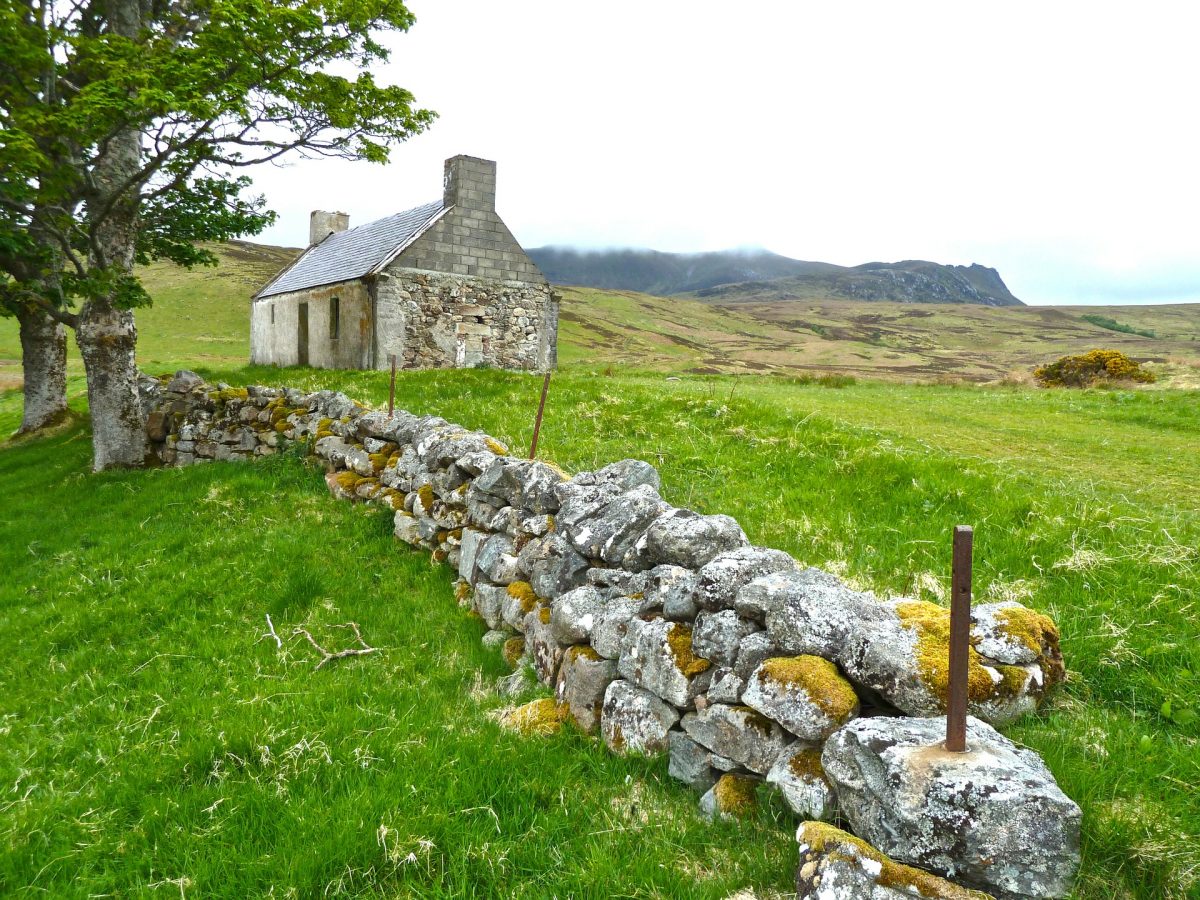There are quite literally many hundreds of barns, in varying stages of dilapidation, dotted around the countryside almost begging to be nurtured and cared for and brought back into a meaningful use by converting into loving family homes.
Sourcing such a barn for your project might be fun, but it is worth remembering before you actually commit any of your hard-earned funds into the project, that you need to thoroughly check whether there are any agricultural ties on the building, or whether there will be any planning restrictions imposed on the property, which could seriously impact on the profit you make and the re-saleability of the project in the future.
Before you even consider which vehicle you will use to fund your purchase, there are a couple of things that should be contemplated. First of all, and this might seem a tad strange, you should consider the location of the barn. If the property is literally “in the middle of nowhere” then the local amenities such as healthcare, schools, and services will be distant. This may be ideal for your specific requirements, but being so remote is not everyone’s idea of a cup of tea and possible lenders will consider whether or not other people would wish to purchase the property should it be placed on the market in the future. If lenders feel that the property would be hard to sell then they may be more cautious about advancing the required monies to undertake the conversion.
Naturally, barns were built for the sheltering of livestock and therefore did not require gas or electricity supplies. The installation of services can be a costly business, especially in remote areas, and the cost of this should not be overlooked when calculating your budget.
The barn you have set your heart on may not be being sold with the benefit of planning permission. In this case, you should seriously consider employing the services of a professional to draw up detailed plans and then discuss them with the local Planning Authority before coming any funds and purchasing the property. You certainly do not want to be in the position of buying a derelict barn and then realising that the Planning Authority will not allow its redevelopment.
If, on the other hand, the barn you are purchasing does have the necessary planning permissions in place for redevelopment then all well and good. However, the downside of this of course is that it is extremely likely that you will have to pay a considerable premium because, after all, you now have the “go ahead” and are safe in the knowledge that your project can proceed.
Remember, too, that certain surveys may need to be undertaken, such as bat surveys or environmental surveys and the costs of these should be included within your budget.
Always, always, always include a contingency amount in your budget – it would be an incredibly naïve property developer who thought that his project would run smoothly from start to finish without any problems arising. Having a contingency in place (anything up to 20% of the total build cost) can ease the pressure when unforeseen “surprises” crop up.
These things aside, the next question, once you have established the total costs involved and you have your detailed drawings and permissions in place, is how you are going to finance your project.
Traditional mortgage lenders and banks will only lend monies on habitable or residential properties. This could therefore pose a problem if you approach your lender as a barn conversion would be considered as non-residential or uninhabitable. Some developers opt for a bridging loan to finance their development as, unlike traditional mortgages, bridging loans are usually for a short term, say anything from twelve to eighteen months (although sometimes longer), and they can be secured on “unmortgageable” properties. The downside of this is that interest rates are usually higher than the traditional mortgages for residential properties.
Once approved – and the process can be quite swift – bridging loans are drawn down in instalments rather than one lump sum which means that you would only pay interest on the amount drawn, thus saving costs. At the end of the bridging loan, when hopefully the project is complete and the property is habitable, a traditional mortgage can be secured on more competitive rates to repay the original bridging loan.
As with any finance options, it always pays to carefully consider the various terms on offer from the numerous lending sources available. As an example, some lenders charge an “exit fee” when the bridging loan is repaid (which can be up to 2% of the capital amount). However, not all lenders do charge exit fees so it is important to carefully consider the choices available when choosing your financial options.
Another avenue to explore would be the possibility of a renovation mortgage. As with a traditional mortgage, renovation mortgages require a deposit to be put down and certain income criteria must be met which can vary from lender to lender. As with bridging loans, renovation mortgages also offer payments to be drawn down in various tranches as the project progresses.
Remember, whatever type of vehicle you choose to finance your project you should ensure that your lender is covered by the FCA (Financial Conduct Authority).
As can be seen from the above, it can be a minefield and a somewhat daunting exercise trying to find the correct lender to help fund your project – but remember you are not alone. Here at Bridgewater Development, we have vast experience of all types of projects, including barn conversions, and we are always on hand to offer assistance and guidance, hopefully ensuring that your journey through the development process is a smooth and painless one.


